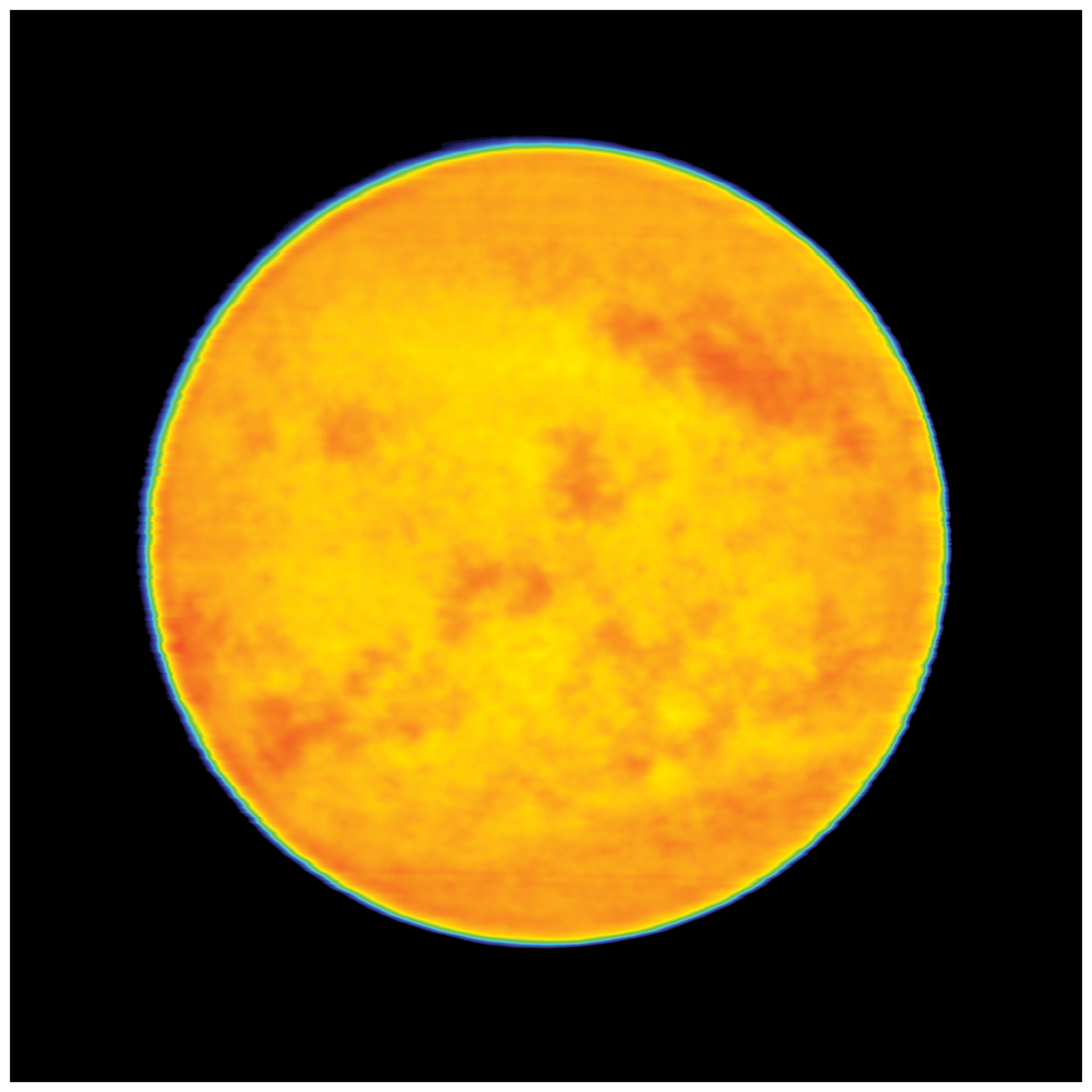Is the Amount of Refraction that a Star Experiences Dependent Upon its Brightness or Diameter?

Question:
Are stars technically visible when they are slightly below the horizon due to refraction? Do stars get refracted at the horizon by the same amount as the Sun?
If I recall, sunrise and sunset are counted when the Sun is 0.8° below the horizon. The Sun is 0.5° in diameter in our sky. And sunrise and sunset occur when the top of the Sun is visible at the horizon. Therefore, if that info is correct, the Sun is refracted by about 0.55° at the horizon. (This is close to what I read about the Sun’s refraction reaching 35.4 arc minutes (0.59°) when it’s at the horizon.)
I understand that stars are more difficult to observe when they’re near the horizon. So what I’m asking more directly is, does atmospheric refraction consistently extend Earth’s visible sky slightly below the horizon, or does the refraction depend on the size or brightness of a celestial object?
Thank you!
Answer:
Your calculations are correct in that the Sun is refracted by an amount that is close to its diameter of about 0.5 degrees. A star on the horizon is refracted by the same amount, no matter what its brightness or diameter is. Refraction is a property of the Earth’s atmosphere, independent of the object whose light is being refracted as it passes through the Earth’s atmosphere.





